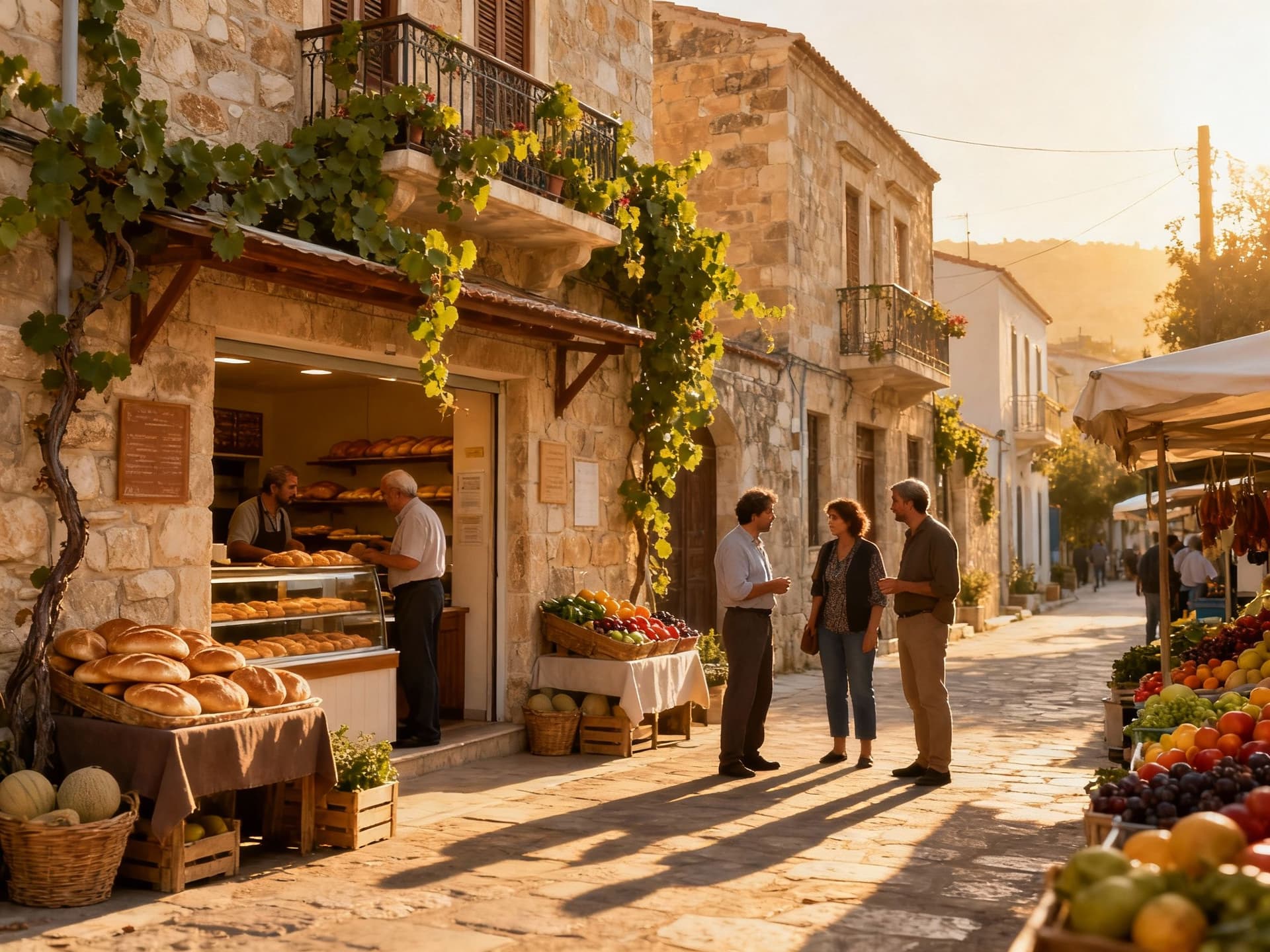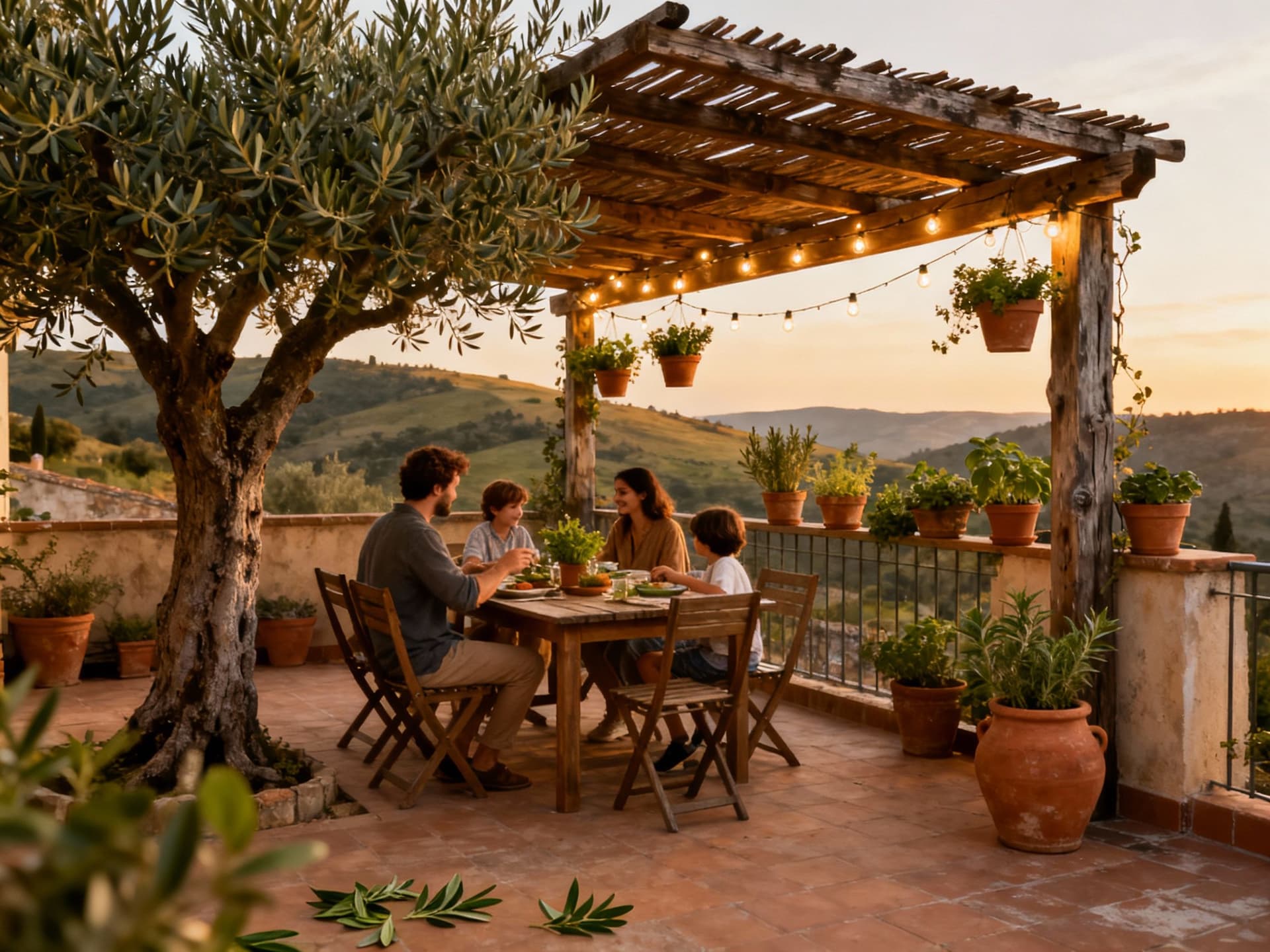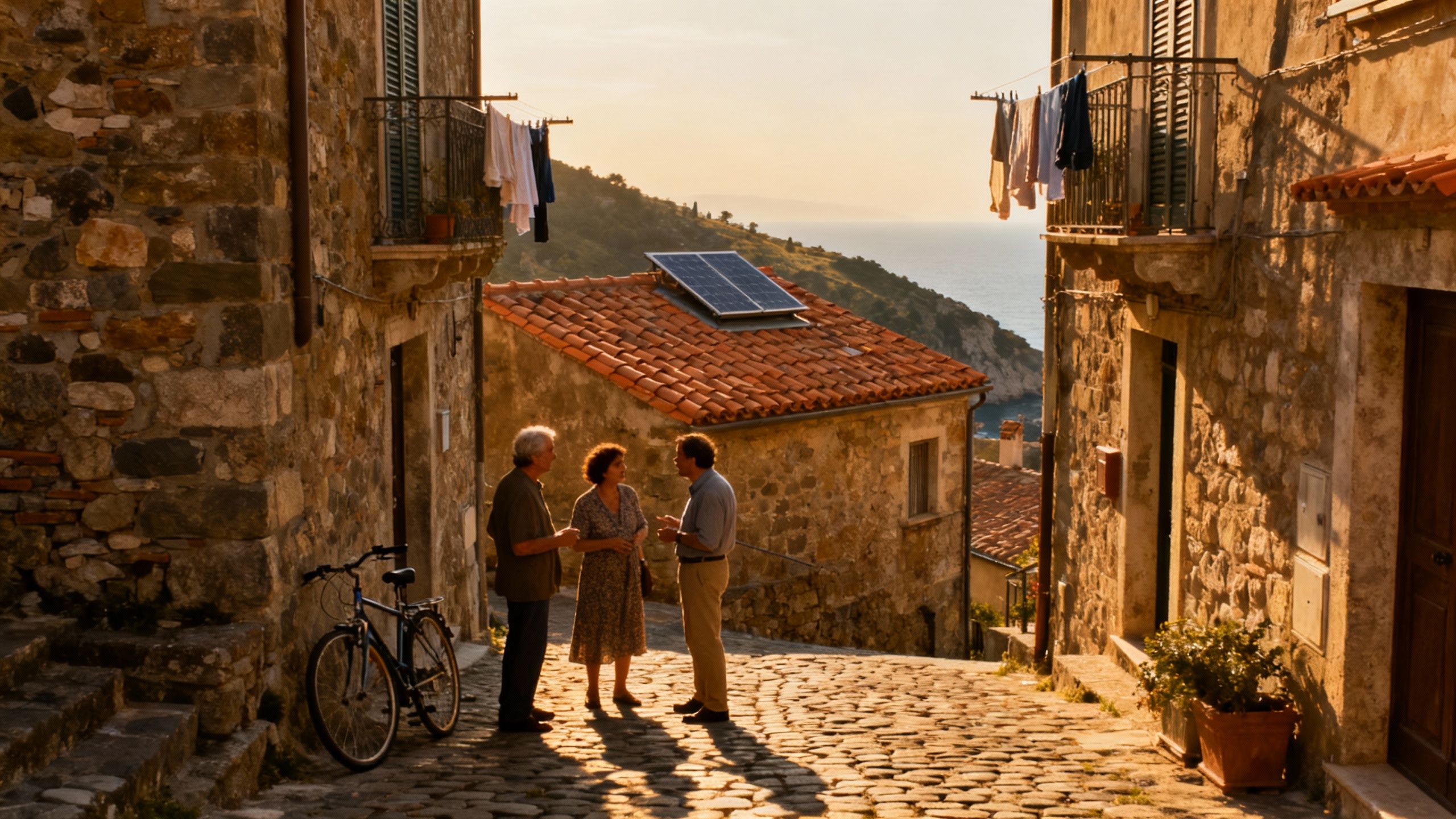Buy Beyond the Golden Visa: Cyprus’ Eco‑Neighbourhoods
Cyprus’ residency headlines hide quieter eco-opportunities: choose neighbourhoods, seasons and sustainable features that create a life, not just a visa.
Imagine an early morning in Limassol: sea-salted air, a neighbour bringing fresh halloumi from the market, and someone pruning an olive tree in a terraced garden. That slow, sunlit rhythm—coastal cafes, mountain villages in the distance, a culture that prizes homegrown food—is what draws people here. But if you arrive thinking Cyprus equals only visa headline-grabbing transactions and glossy high-rises, you’ll miss the island’s quieter promise: neighbourhoods and homes designed for a low-impact life. Recent figures on residency-by-investment show why many buyers first hear about Cyprus through immigration headlines, not olive groves.
Living the Cyprus life: sun, seasons and slow mornings

Cyprus is not one single lifestyle. In Limassol you’ll find promenades, English-speaking cafés and a busy marina; in Paphos, the mornings slip into village rituals and coastal fishing culture; in the Troodos mountains, winters are quiet, wood-smoke-scented and centred on community life. Each place offers a different tempo — beachfront conviviality, hill-village solitude, or a town with a small but growing network of green builders and permaculture gardens. Picture walking to a bakery on Anexartisias Street in the morning, and spending the afternoon in a vineyard outside Omodos; both fit under the same Cypriot sky.
Limassol & Molos to old-stone villages
Limassol’s Molos promenade hums with cyclists, children and seaside cafés; yet a twenty-minute drive inland reveals vineyards and small plots where neighbours trade olives and almonds. In Paphos, Kato Paphos has archaeological mornings and coffee culture, while Kouklia and Tala offer stone houses with terraces and views. If you crave a garden that feeds you, focus beyond the seafront: the best sustainable plots often sit on the margin between town and cultivated countryside.
Food, markets and the daily rituals
Weekends are market days: fish stalls at the Larnaca harbour, colourful fruit and herb sellers on the Nicosia municipal market, and communal lunches where mezze is a slow conversation. Eating here connects you to seasonality — carob sweets in autumn, citrus in winter, and summer tomatoes still warm from the sun. That rhythm shapes the type of home you’ll want: a kitchen with space for preserving, a shady south-facing terrace, or a courtyard olive tree that becomes the house’s heart.
- Lifestyle highlights to look for in Cyprus
- Morning coffee on Limassol’s Molos; afternoon walks through Omodos wine streets; weekly fish stalls in Larnaca; village bakeries in Kouklia; sunset swims at Peyia’s quiet coves; Troodos hikes followed by family taverna dinners.
Making the move: where lifestyle meets real decisions

Those residency headlines matter because they shape local supply, neighbourhood character and price perception. Government statistics show tens of thousands of residency permits tied to investment or employment — an important context for buyers who want a quiet, eco-focused home rather than a speculative coastal unit. Understand how residency programmes and workplace-linked permits affect neighbourhood demand before you narrow your search.
Property styles and what they mean for daily life
Stone village houses: heavy walls, thick wooden doors, small courtyards — low energy need in winter but limited installation space for large solar arrays. Coastal apartments: perfect for easy rental when you’re away but often limited private outdoor space. New eco-developments: increasing in Cyprus, offering rainwater collection, photovoltaic readiness and natural-material finishes — choose these if you want plug-and-play sustainability. Match the house type to how you imagine your day: terrace dinners, garden food production, or effortless lock-and-leave living.
Working with local experts who care about place
A local agent who knows where the soil is good for a kitchen garden, which streets get the cool evening breeze, and which builders will use reclaimed stone is worth their weight in olives. Ask agencies about experience with passive design, greywater systems, and community-led projects (cooperatives, village reuse initiatives). Agencies act as cultural translators — they’ll tell you which promises are realistic and which are salesmanship.
- Steps that blend lifestyle and practical checks
- 1) Visit in two seasons: summer to feel the coast; autumn/winter to judge rain, breeze and heating needs. 2) Walk the neighbourhood at dawn and evening to hear its true rhythm. 3) Speak with neighbours about water access, community activities and local markets. 4) Ask your agent for EPC history, solar-ready roofs and planning permissions. 5) Meet a local builder or conservationist to hear about restoration opportunities and costs.
Insider knowledge: what expats wish they’d known
Here’s practical honesty from people who moved here: buying on a headline (a “golden visa” project, a flashy seafront launch) can lead to short-term glamour but long-term maintenance headaches. Conversely, a modest stone house with a good rainwater strategy and a south-facing courtyard will often feel richer in everyday life. Look beyond sales brochures to how a place performs across seasons.
Local rhythm, language and community integration
English is widely spoken in urban and tourist areas, but learning a few phrases of Greek opens doors in village life and builds trust. Many communities revolve around church festivals, local markets and school events — showing up matters more than speaking perfectly. If you want deep integration, choose a neighbourhood with active community centres or volunteer projects.
Long-term lifestyle: stewardship, maintenance and legacy
Sustainable living is as much about ongoing care as initial design. Budget for regular olive tree pruning, roof inspections before winter rains, and modest habitat-friendly landscaping that supports local pollinators. Think in decades: plan harvests, choose durable natural materials and involve neighbours in shared water or garden projects when possible. Homes that return value are those that work with, not against, the local ecology.
- Red flags and green cues to watch for
- Red flags: offshore developer ownership with opaque titles; promised sea-views that require new coastal roads; no information on water rights. Green cues: properties with existing PV or south roofs, nearby community gardens, evidence of local planning permission, and neighbours who use shared composting.
If this place feels like your life, start small: spend extended time, meet a local agent who prioritises stewardship, and test the garden for a season. The island rewards patience — a modest, well-cared-for property yields more everyday joy than a shiny unit bought for headlines. When you’re ready, an agency that understands both legal process and landscape will help you translate that lifestyle into a secure purchase.
Swedish advisor who left Stockholm for the Costa Brava in 2019. Specializes in sustainable, sea‑view homes for Scandinavian buyers and green finance insights.


